The last summer was a little uncharacteristic of our climate. Generally described as "Mediterranean" but without the Greek Islands, it involves long, hot, sunny, dry, days from about November to March. This is also the Fire Danger Season, roughly, capital letters because it is such a dangerous time that it has its own set of laws, warnings, actions and reactions. Government agencies and emergency services do things differently. Dates are set and policed regarding the use of everything with a naked flame and many things without, including bird scarer guns, bee smokers and national parks. Not without good reason.
The above is a scanned print from a photo taken by the owners of this house 40 years ago, during one of South Australia's worst disasters, known forever after as Ash Wednesday. The photographer was standing on our front verandah at the the time. Amazingly the big pine in the foreground is still there (I've probably jinxed it now). Because it had been such a bad drought, and this is sheep country, the fire here had little fuel and was relatively small until it got into scrub. Not so in the rest of the Adelaide Hills, South East and many other parts. It seemed as if the whole state was alight and so was Victoria. 28 people died here.
Firefighters would look at this fire and say yes, it's certainly fightable, small flames, trickling downhill, smoke in the other direction and open country between it and the house. Many fires that day were not even approachable, what is the problem? No problem, but no fire truck came near the place that day or afterwards, until damage reconnaissance was finally managed several days later. The Country Fire Services were overrun, as was everyone, and this little area was deemed at less risk than houses near the forests. Not enough firefighters, trucks, or water. With flames this close evacuation is more dangerous than staying, so the owners sensibly put their horses on a clear patch of ground behind the house, their kids inside and did what they could with the 4 feet of water left in their single rainwater tank. They all survived.
Since then we've had the odd fire, only last week a controlled burn off threw off its controlled status with abandon and burned happily into a few acres of gorse and blackberry just over the hill from here, until it was chastened and rounded up by the local brigade. That this can happen in early spring, with the rain we've had this year, is indicative of the usual situation in SA. The fire below was burning in forest to the west of our local township. All hands on deck for that one.
Last summer, however, it was more storms than usual, more rainfall than usual and more humid than usual. It rained intermittently, a most unusual
occurrence, even though the temperatures did not drop. These are the flat cropping lands to the east of the ranges
before curing last year:
Here at home we had some dramatic storms as well. Even though our usually tawny hills were still tinged with green because of it, the natural fear of lightning strikes put everyone on alert,
if only to wish for relief from the heat and humidity.
skip to main |
skip to sidebar
© Celestequest.com 2010.
No reproduction of images, articles, written material or any other content on this site without express written permission of the owners.

.jpg)
.jpg)

.jpg)
.jpg)
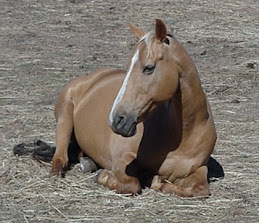
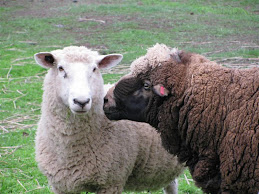.jpg)

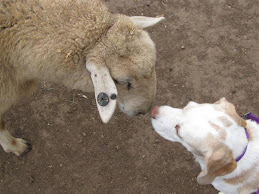.jpg)

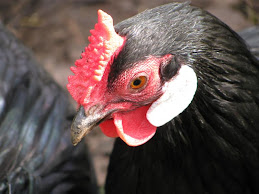.jpg)
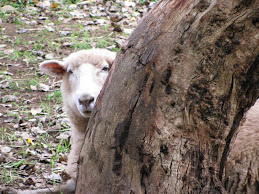.jpg)
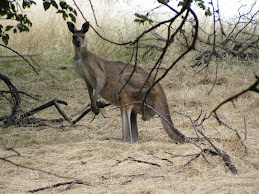.jpg)
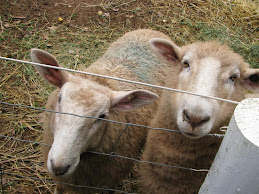.jpg)
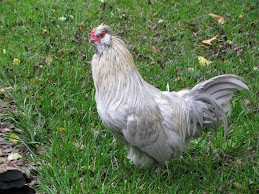.jpg)